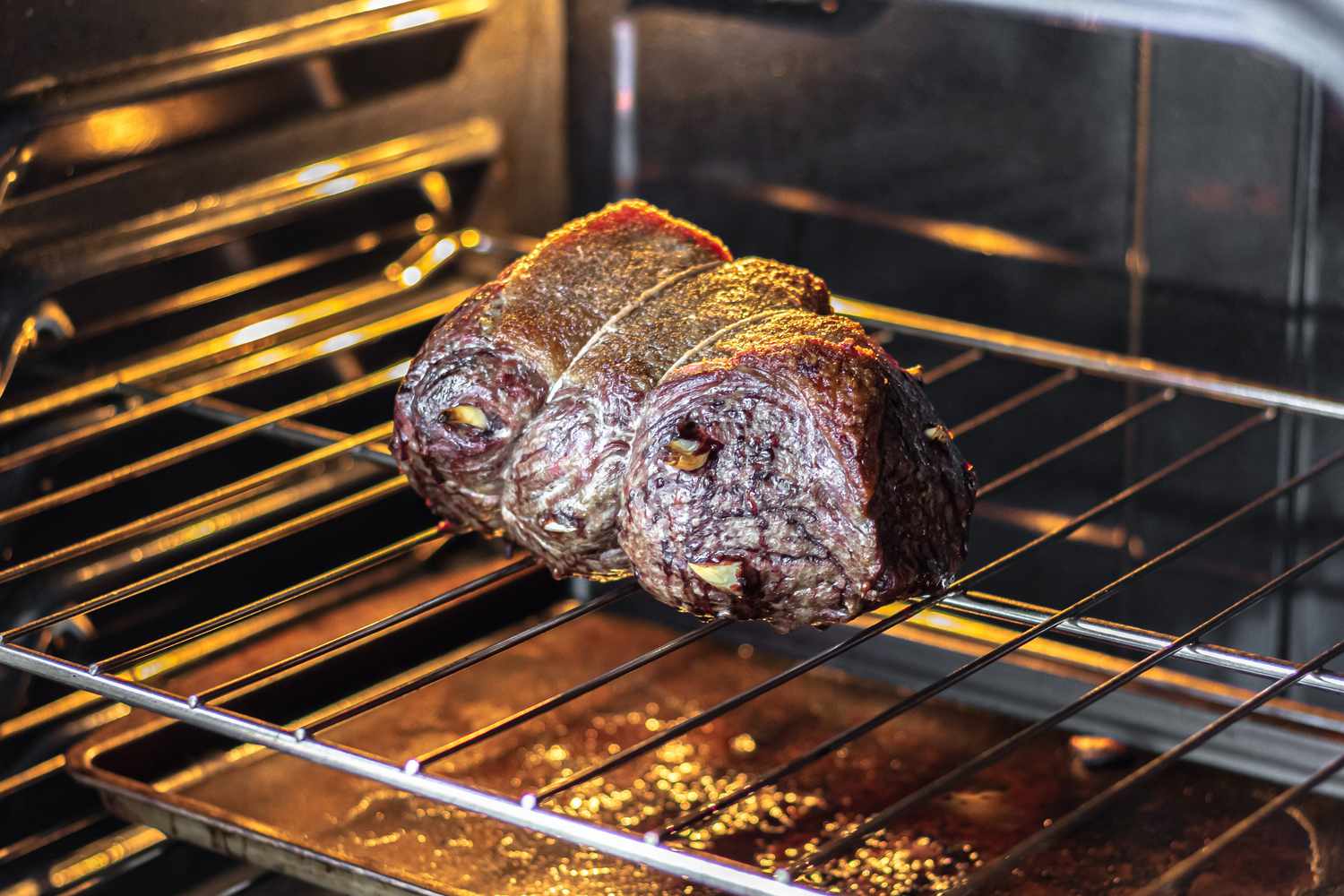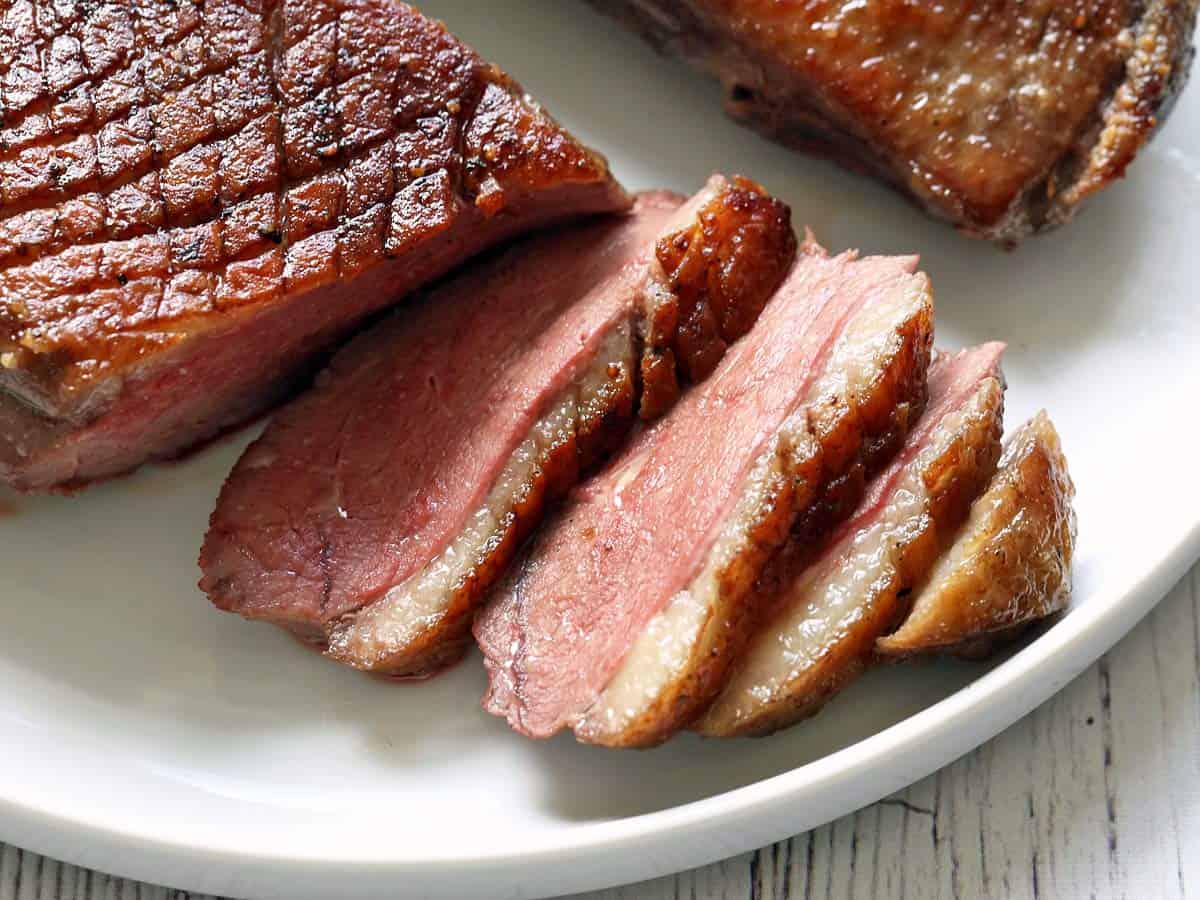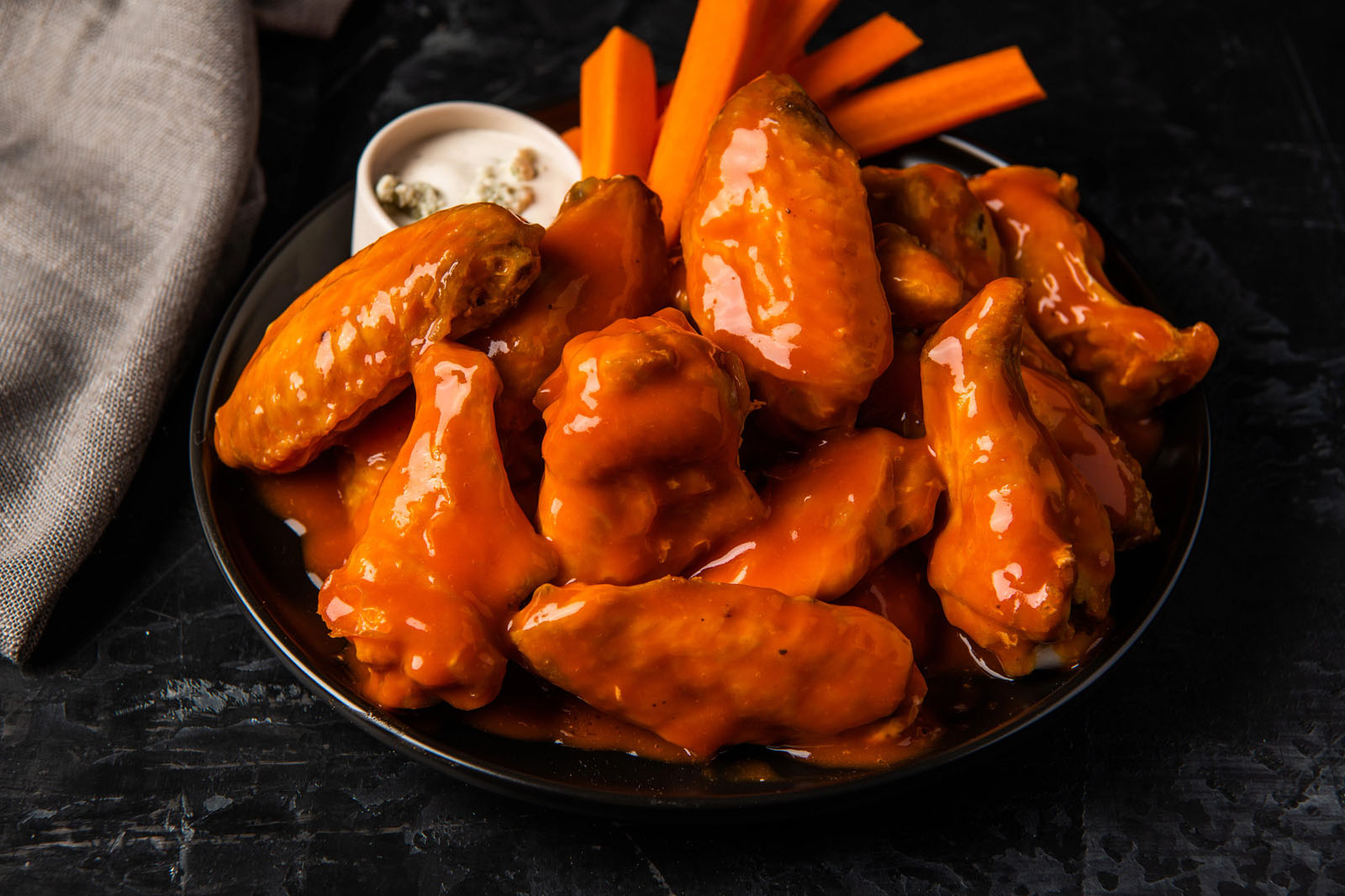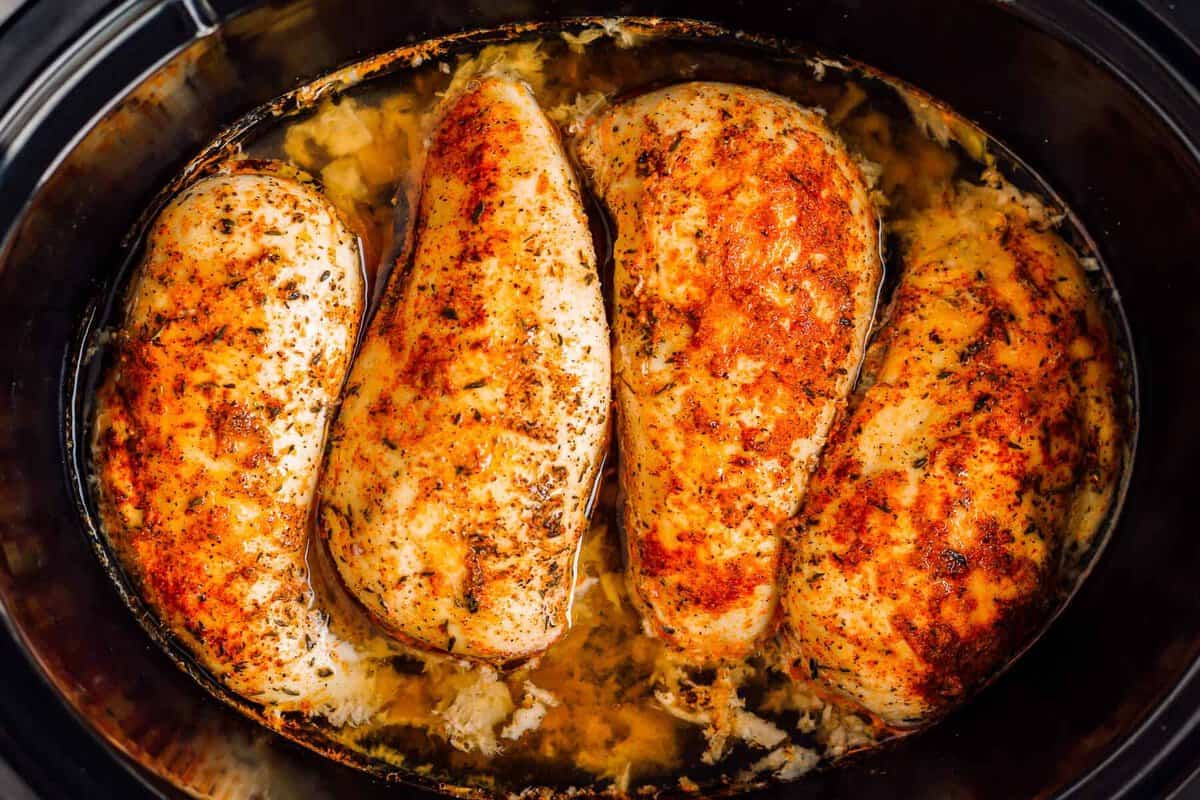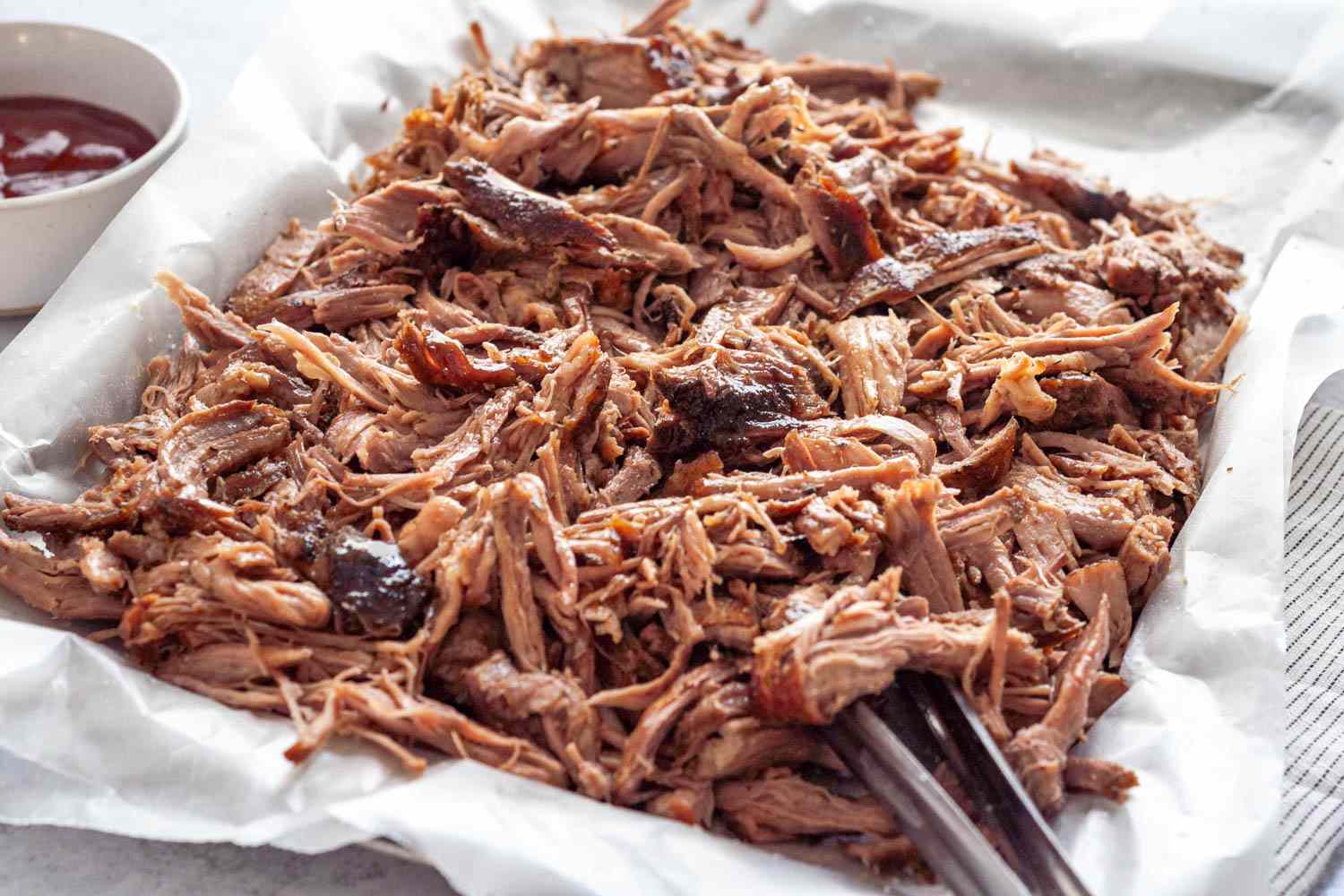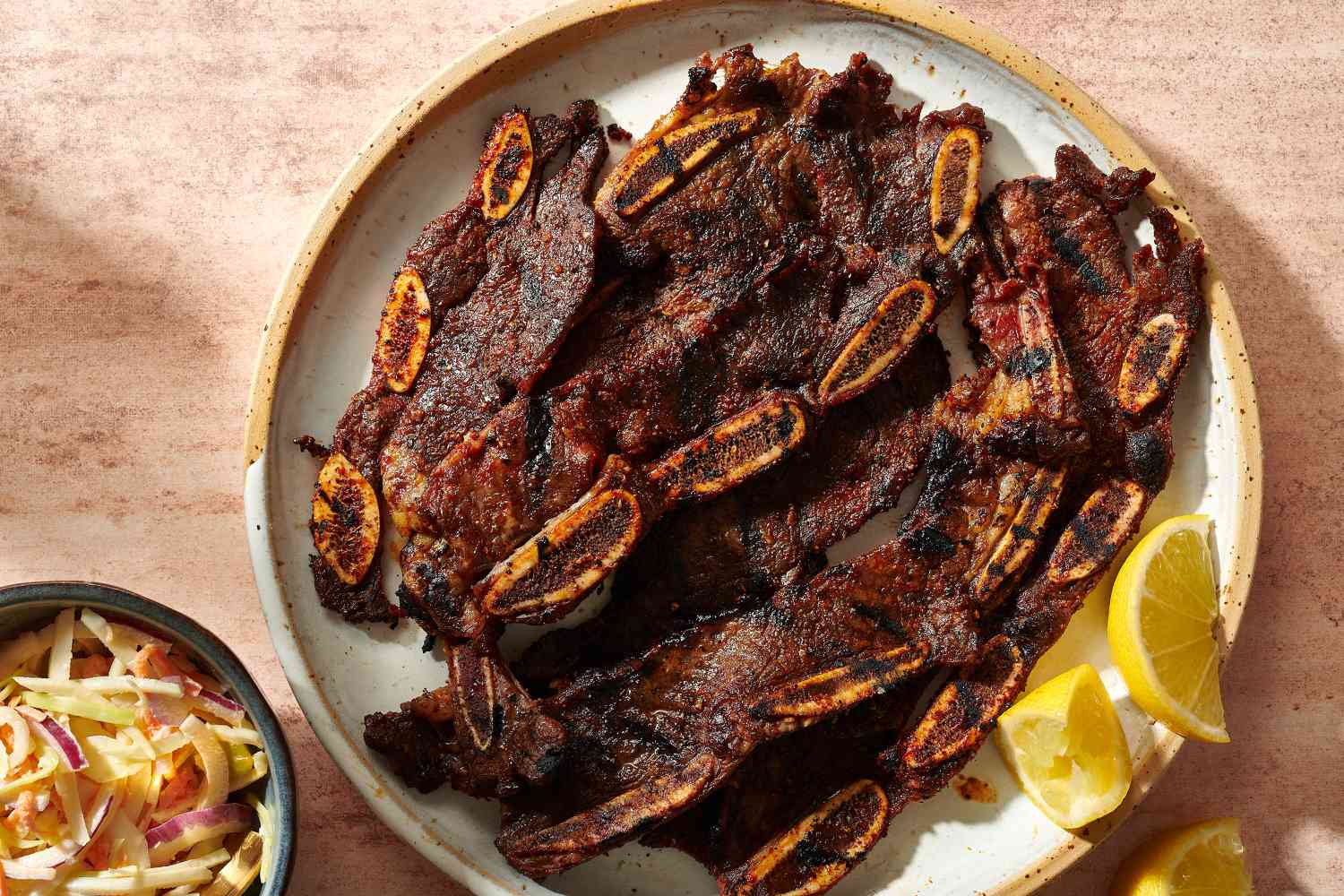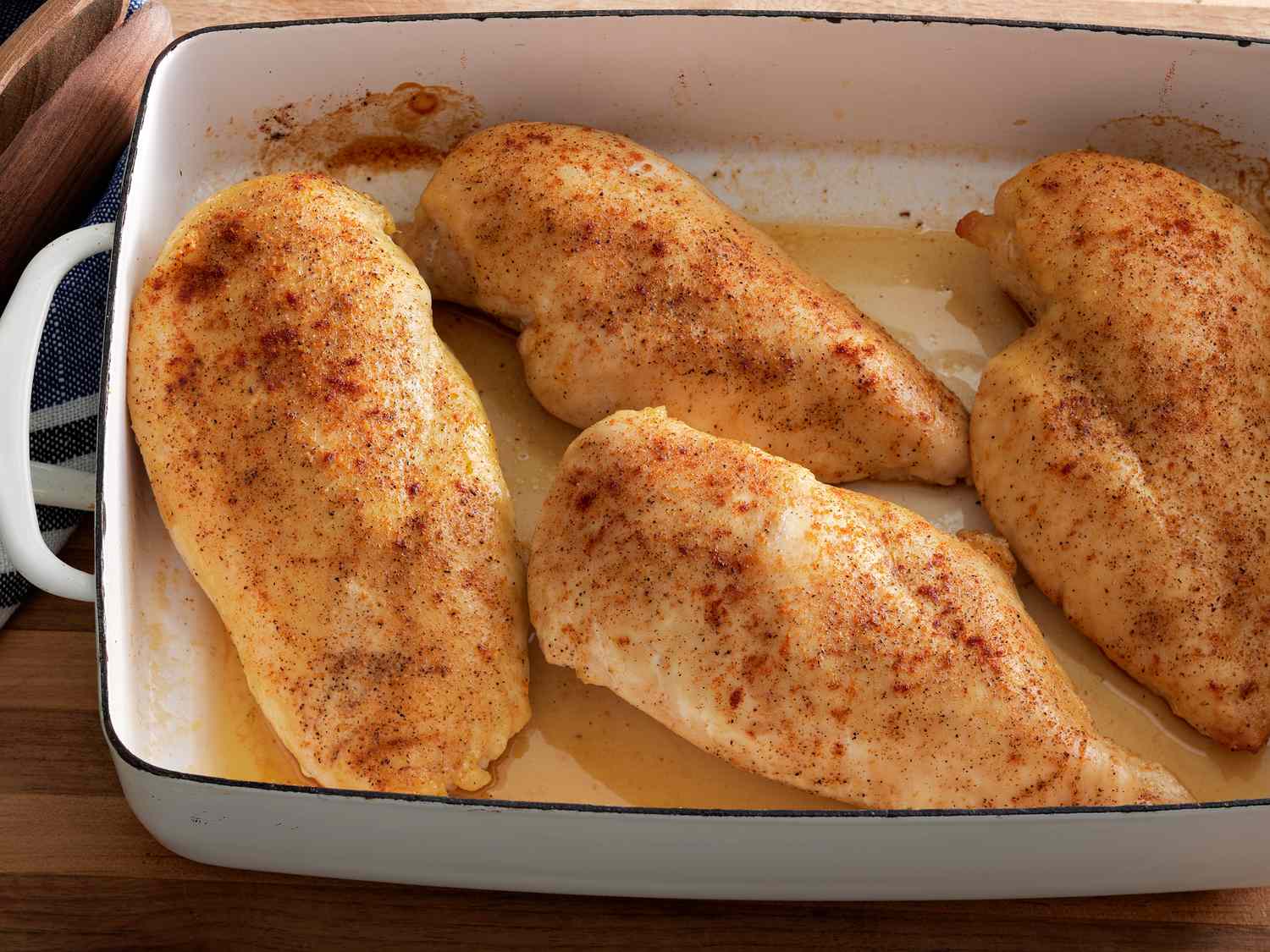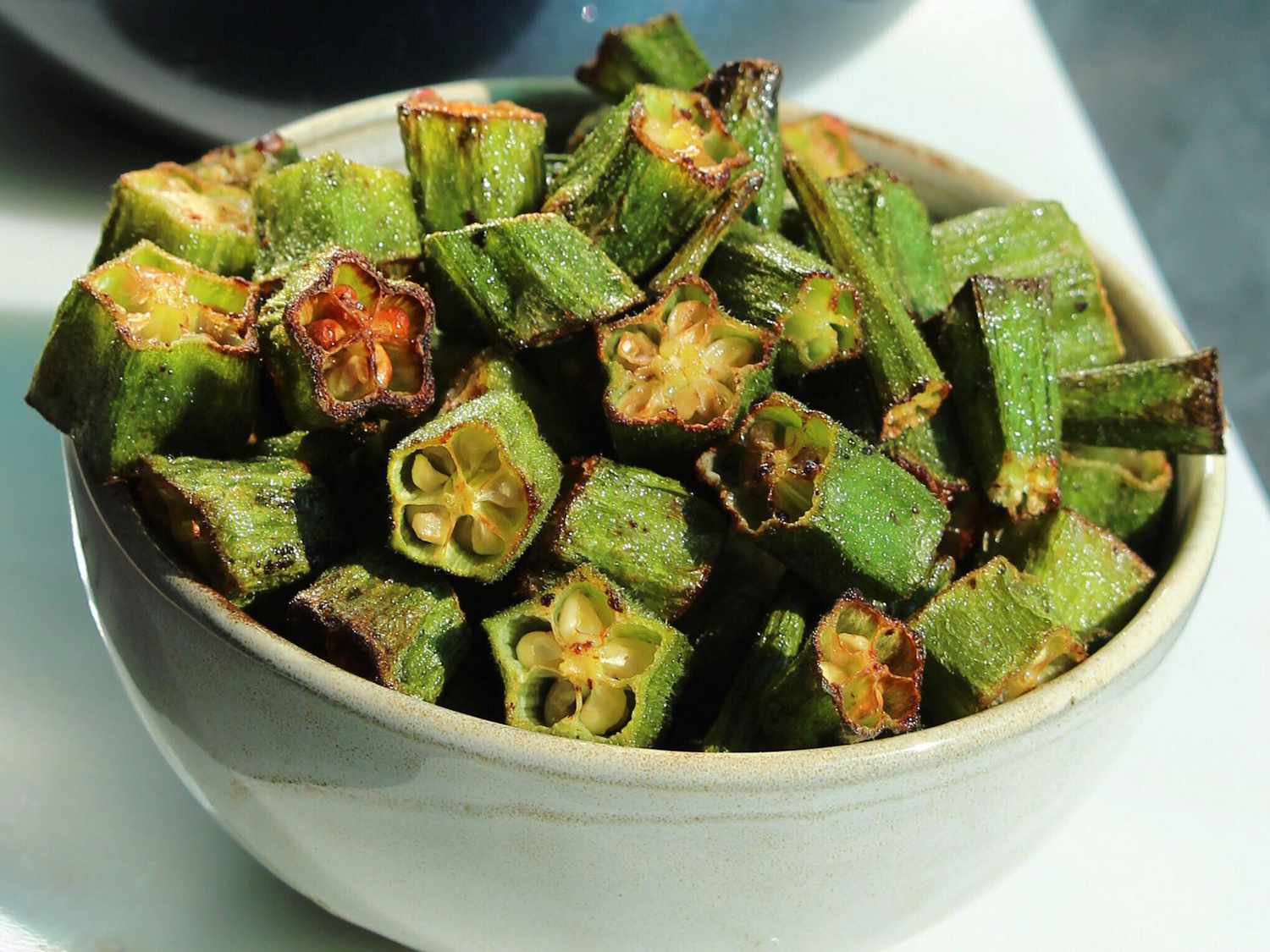Welcome to the Flavorful World of Mint Leaves
Whether you are a seasoned chef or a novice in the kitchen, one ingredient that you should definitely have in your culinary arsenal is mint leaves. Mint leaves not only add a refreshing and vibrant taste to your dishes but also offer a plethora of health benefits. In this blog post, we will take you on a journey to explore different ways to cook with mint leaves and unleash their true potential.
Why Mint Leaves?
Mint leaves are loaded with flavor and known for their versatility. From savory to sweet dishes, there are endless possibilities when it comes to incorporating mint leaves into your recipes. Additionally, mint leaves offer numerous health benefits. They are known for aiding digestion, freshening your breath, and even providing relief from headaches. So, let’s dive into the exciting world of culinary creations with mint leaves.
1. Mint Leaves in Salads
Create a refreshing salad by adding a handful of mint leaves to your greens. The mint leaves add a burst of freshness and complement the crispness of the vegetables. For an extra flavor boost, try combining mint leaves with juicy watermelon cubes or tangy feta cheese.
2. Mint Leaves in Beverages
Transform your favorite beverages into delightful summer refreshers by infusing them with mint leaves. Add mint leaves to your lemonade or iced tea for a cool and invigorating twist. You can also create a minty mojito by crushing the leaves with freshly squeezed lime juice, sugar, and sparkling water.
3. Mint Leaves in Main Courses
Mint leaves can elevate any main course with their vibrant flavor. Try adding chopped mint leaves to homemade marinades for grilled chicken or lamb for a unique and delicious taste. Mint leaves also pair well with fish dishes, providing a perfect balance to the rich flavors.
4. Mint Leaves in Desserts
Take your desserts to a whole new level by incorporating mint leaves. You can infuse mint flavor into ice creams, sorbets, or even chocolate desserts. Mint chocolate chip ice cream, mint brownies, or mint-infused fruit salads are sure to impress your guests and satisfy your sweet tooth.
5. Mint Leaves in Sauces and Dressings
Add a zesty kick to your sauces and dressings with mint leaves. Whisk finely chopped mint leaves into a homemade yogurt sauce or blend them with olive oil, lemon juice, and garlic for a refreshing salad dressing. The mint leaves will bring a unique twist to your dishes, enhancing the overall flavor profile.
Final Thoughts
Mint leaves are truly a culinary gem, offering a burst of freshness and a host of health benefits. Whether you choose to incorporate them into salads, beverages, main courses, desserts, or sauces, the possibilities are endless. Get creative in the kitchen, experiment with different flavors, and unlock the incredible potential of mint leaves in your cooking. Enjoy the journey of exploring this remarkable herb and delight your taste buds with its unique and unforgettable taste!
Was this page helpful?
Read Next: How To Cook Short Beef Ribs
